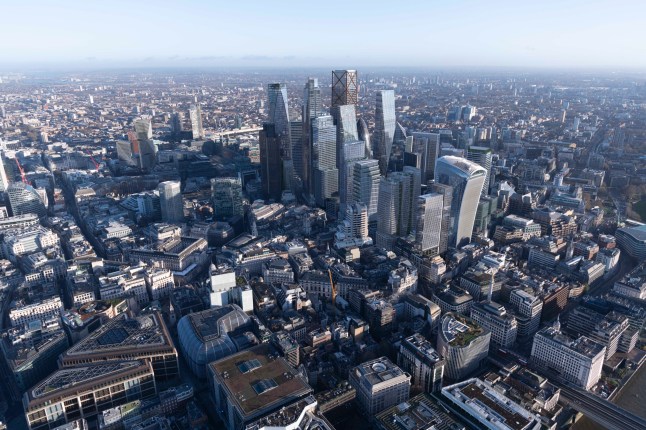
As more skyscrapers are approved in London, new images have revealed how the city’s skyline will ‘clutter up’ and change over the next five years.
The City of London Corporation has visualised how the capital’s views will look after the major high-rises have been built in the next 10 years.
Almost 600 more skyscrapers are said to be ‘queueing up the pipeline’ over the next 10 years, making the capital look like ‘Manhattan-on-Thames’.
There are 583 buildings more than 20-storeys high ‘queueing up in the pipeline’ over the next decade, think-tank New London Architecture (NLA) has found.
This is more than double the 270 which have been built over the last 10 years.
Compared to 2005, the images show the Gherkin almost swallowed up by the new builds.
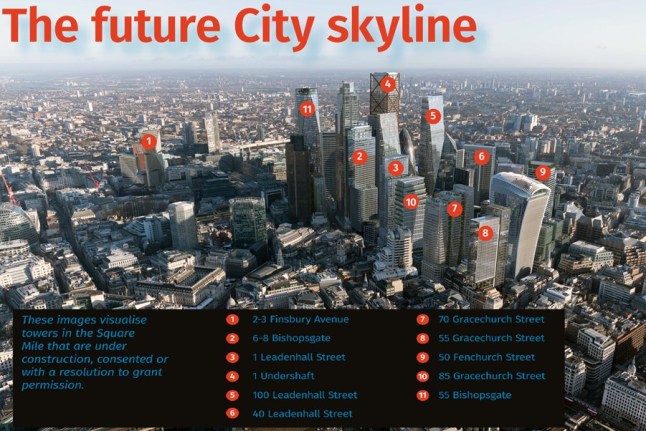
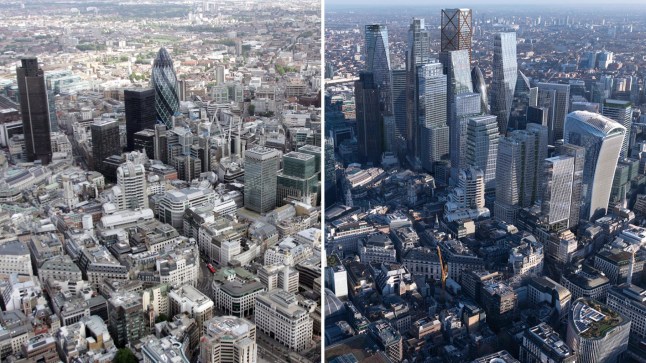
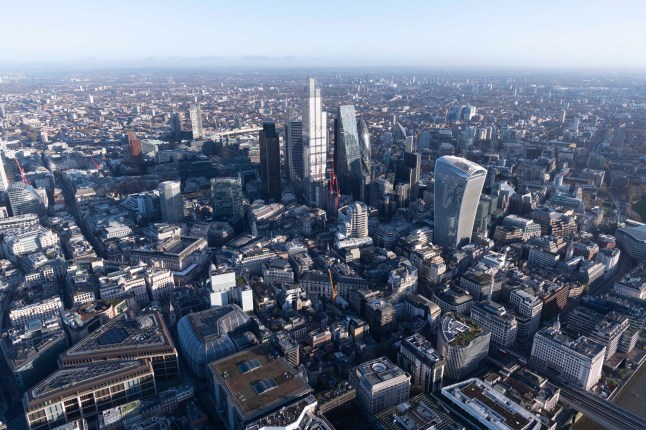
Architect Bill Webb, found of firm Able and has helped design some of the City of London’s skyscrapers, said the skyline is bound to become clustered, with some landmarks set to become less prominent.
He told Metro: ‘The cluster of buildings is going to become more dense over the years, and views will undoubtedly become more different.
‘But people called the Gherkin ugly when it was first erected, now it is vital part of London’s space and has opened up more viewpoints.’
With the recently approved skyscrapers, they are set to make little difference to Londoner’s views.
Latest London news
- Map shows where traffic will be banned on Camden High Street
- Inside the London trauma clinic helping vulnerable women survive
- Warning to Londoners as TfL fare increase comes into effect on Sunday
To get the latest news from the capital visit Metro’s London news hub.
‘It will be like adding a brush stroke to an already famous silhouette,’ Bill explained. ‘You are building it in the middle of the cluster and will make very little difference.’
Two weeks ago French investor Axa submitted an application to build 46-storey tower block 63 St Mary Axe – just around the corner from the Gherkin.
If approved, this will be the third skyscraper the company will erect in the heart of London since the pandemic.
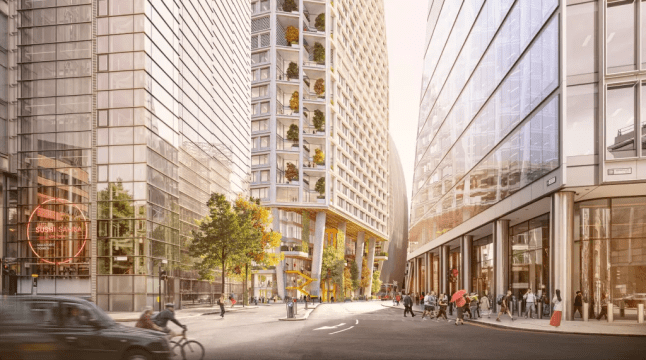
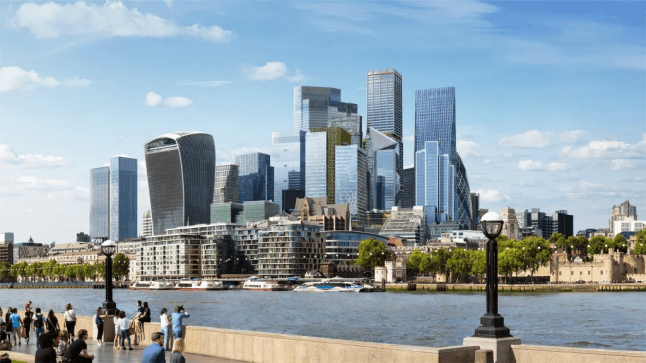
Their 22 Bishopsgate, which is the tallest building the City, opened in 2020, and work is also about to start on the 36-storey 50 Fenchurch Street.
The landmark 54-storey 99 Bishopsgate building, which will be built by Liverpool Street Station, was also approved this month, despite the former Archbishop of Canterbury, Lord Rowan William, calling it ‘undesirable’.
A new 74-storey skyscraper named 1 Undershaft, which will host Europe’s highest public viewing gallery, was also given the go-ahead in December.
The Corporation’s Policy Chairman, Chris Hayward, said: ‘The City of London is the greatest City in the world.
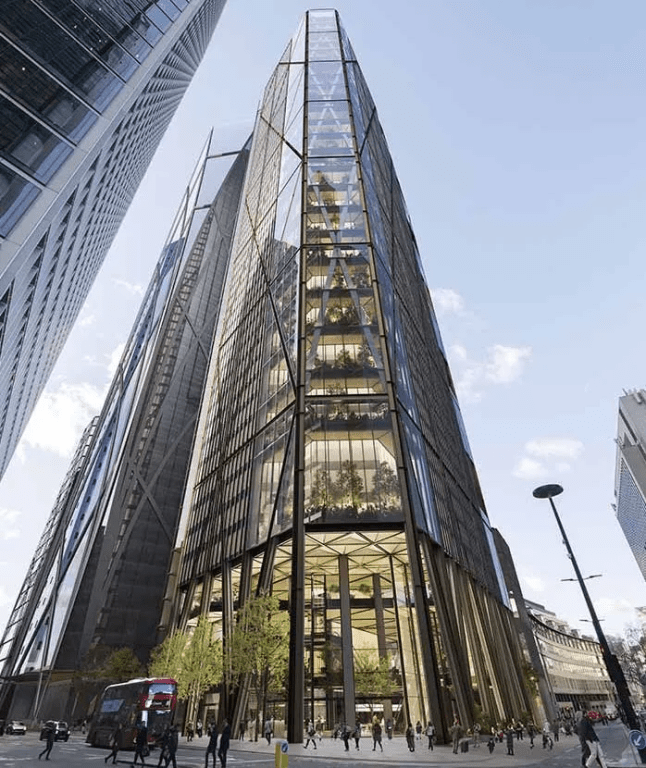
‘A global economic powerhouse, an ancient city and a centre of collaboration and innovation for the hundreds of thousands of people who work here every day.
‘These new images clearly illustrate the ever-changing nature of London’s incredible skyline and that the Square Mile’s real estate sector is robust and thriving.
‘Delivering growth and attracting new businesses to a dynamic and thriving City, whilst striking a balance with heritage conservation, is vital for the Square Mile’s future.
‘Our growth strategy, “Destination City” is maximising the Square Mile’s appeal for workers and employers by enabling developers and investors to deliver these new buildings, whilst offering a first-class culture, leisure, and hospitality scene.’
Get in touch with our news team by emailing us at webnews@metro.co.uk.
For more stories like this, check our news page.


